Tjack
TPF Noob!
- Joined
- Sep 9, 2009
- Messages
- 6
- Reaction score
- 0
- Can others edit my Photos
- Photos NOT OK to edit
Ok I'm hoping someone can give me some good technical resources to help me out.
I'm confused by this Depth of Field
Ok so a point of light spreads out to the lens like a cone, and is then refracted back and hopefully converges to a point on the film.
But if that cone converges in front of the film, it starts another cone...
What is the nature of this cone? Is it upside down or right side up?
Why aren't some out of focus objects upside down and others right side up?
I'm confused by this Depth of Field
Ok so a point of light spreads out to the lens like a cone, and is then refracted back and hopefully converges to a point on the film.
But if that cone converges in front of the film, it starts another cone...
What is the nature of this cone? Is it upside down or right side up?
Why aren't some out of focus objects upside down and others right side up?


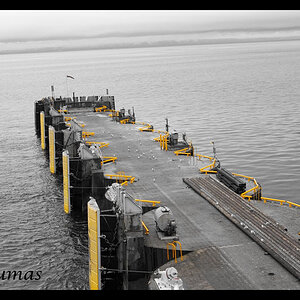
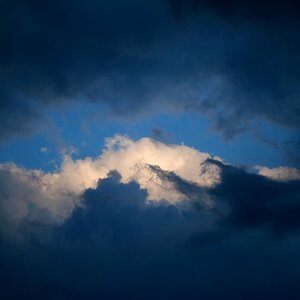
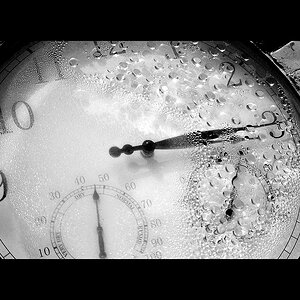
![[No title]](/data/xfmg/thumbnail/34/34145-b89ccc67a24004d6d7a9026a7395914b.jpg?1619736318)
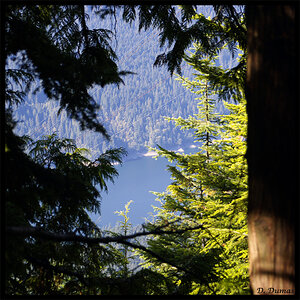
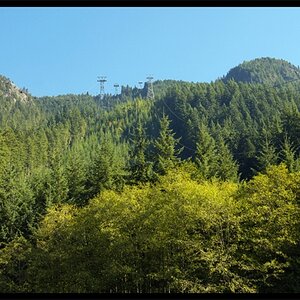
![[No title]](/data/xfmg/thumbnail/41/41899-007f14ae0d832ef200fd62eedc4da42e.jpg?1619739936)
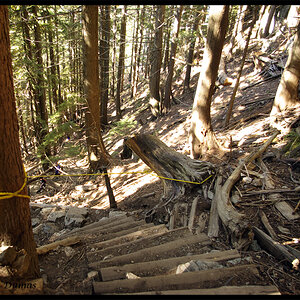
![[No title]](/data/xfmg/thumbnail/41/41898-2c70795ddfa6b397714acc28e3e5d36f.jpg?1619739936)

![[No title]](/data/xfmg/thumbnail/34/34697-f005f86bec84436c239ae8f8834b29f2.jpg?1619736606)
![[No title]](/data/xfmg/thumbnail/41/41896-54547e935773393100a20b8d9819f5bd.jpg?1619739935)